Discover Guayaquil
What to Pack:
Pack smart for the Congress! While the forecast predicts pleasant days, it is always wise to be prepared. Here is a packing list:
- Sunscreen: Essential for protecting your skin from the tropical sun, especially during outdoor activities.
- Insect Repellent: Keep those pesky mosquitoes at bay and stay comfortable.
- Closed-toe Shoes: With the chance of sudden showers, closed-toe shoes will keep you stylish and dry.
- Light Coat: Even with air-conditioned indoor spaces, a light coat is handy for adjusting to temperature changes between indoors and outdoors.
Shopping centers
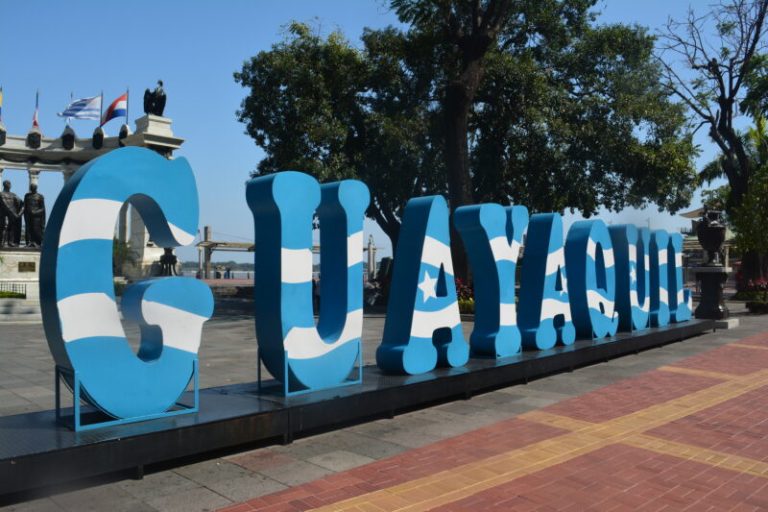
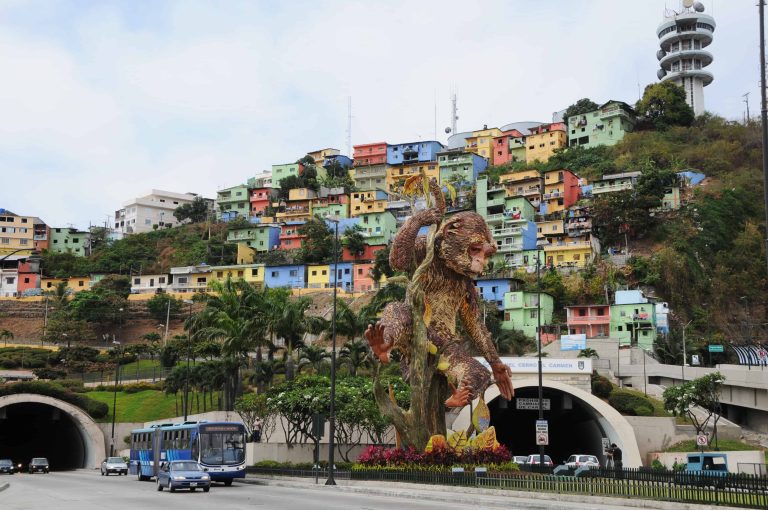
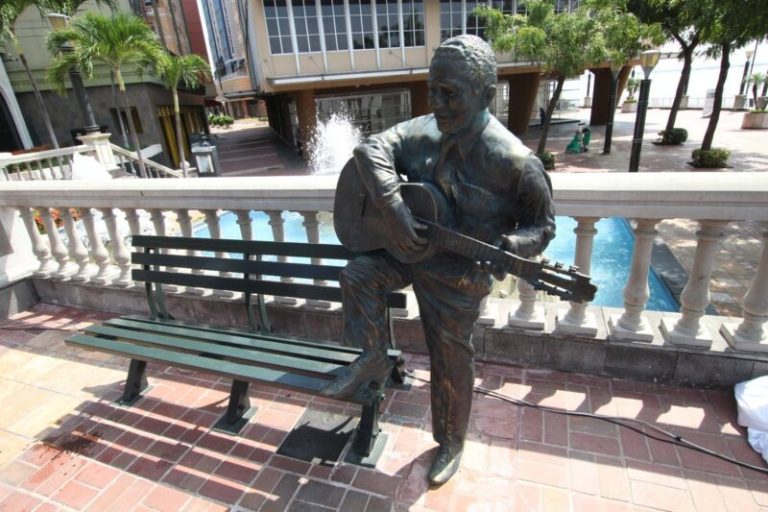




Shopping centers
- Riocentro Los Ceibos
Address: Del Bombero Avenue, Los Ceibos.
Location: West Guayaquil.
- Alhambra
Address: Vía a Samborondón and Celeste Blacio de Rendón road.
Location: Samborondón.
- Plaza Navona
Address: Kilometer 5 of Samborondón Avenue.
Location: Samborondón.
- Riocentro Entre Ríos
Address: Kilometer 1 of the Samborondón Avenue.
Location: Samborondón.
- San Marino
Address: Francisco de Orellana Avenue and Plaza Dañín.
Location: North of Guayaquil.
- Mall del Sol
Address: Joaquín Orrantia Avenue and Juan Tanca Marengo Avenue.
Location: North of Guayaquil
- CityMall
Address: Benjamín Carrión Mora Avenue and Pedro Valverde Álvarez.
Location: North of Guayaquil.
- Village Plaza
Address: Samborondón Avenue, La Puntilla.
Location: Samborondón.
Shopping centers:
San Marino
- Address: Francisco de Orellana Avenue and Plaza Dañín.
- Location: North of Guayaquil.
Mall del Sol
- Address: Joaquín Orrantia Avenue and Juan Tanca Marengo Avenue.
- Location: North of Guayaquil.
CityMall
- Address: Benjamín Carrión Mora Avenue and Pedro Valverde Álvarez.
- Location: North of Guayaquil.
Village Plaza
- Address: Samborondón Avenue, La Puntilla.
- Location: Samborondón.
Riocentro Los Ceibos
- Address: Del Bombero Avenue, Los Ceibos.
- Location: West Guayaquil.
Alhambra
- Address: Vía a Samborondón and Celeste Blacio de Rendón road.
- Location: Samborondón.
Plaza Navona
- Address: Kilometer 5 of Samborondón Avenue.
- Location: Samborondón.
Riocentro Entre Ríos
- Address: Kilometer 1 of the Samborondón Avenue.
- Location: Samborondón.
Image box with sidebar
Simply drag & drop your Elementor image box with a sidebar.
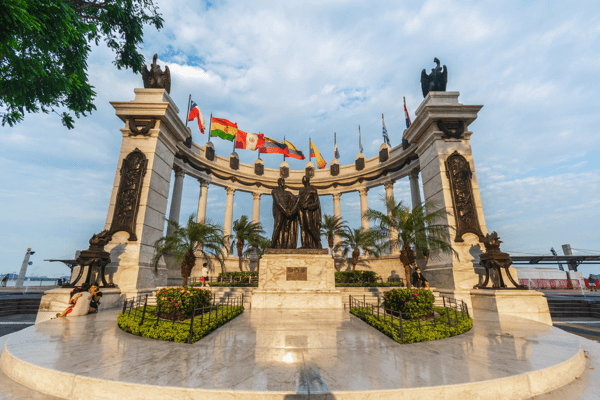
Malecón 2000: Guayaquil’s Waterfront Gem
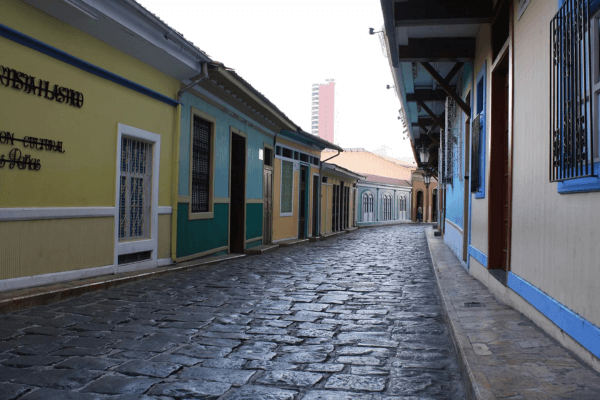
Las Peñas: Guayaquil’s Historic Charm
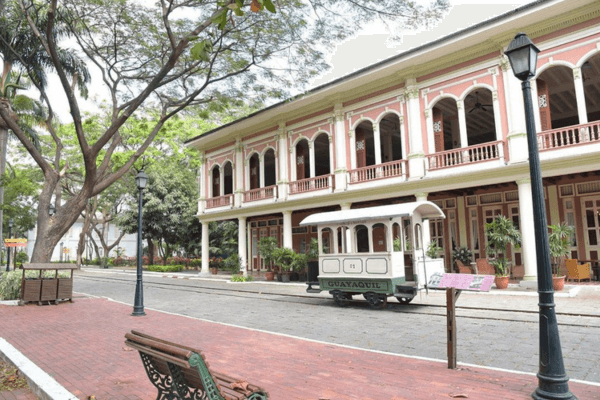
Historical Park of Guayaquil: A Journey Through Time
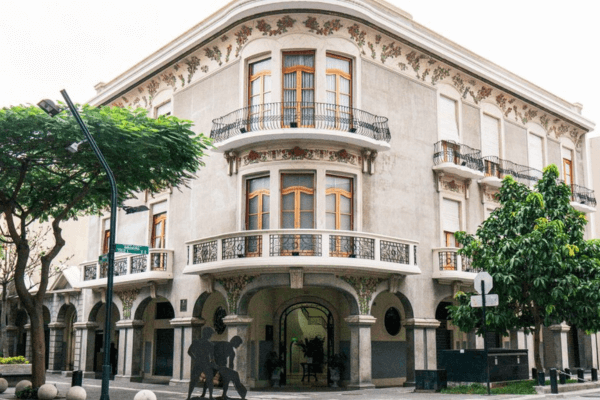
The Chocolate Museum: A Sweet Journey Through Ecuadorian History


